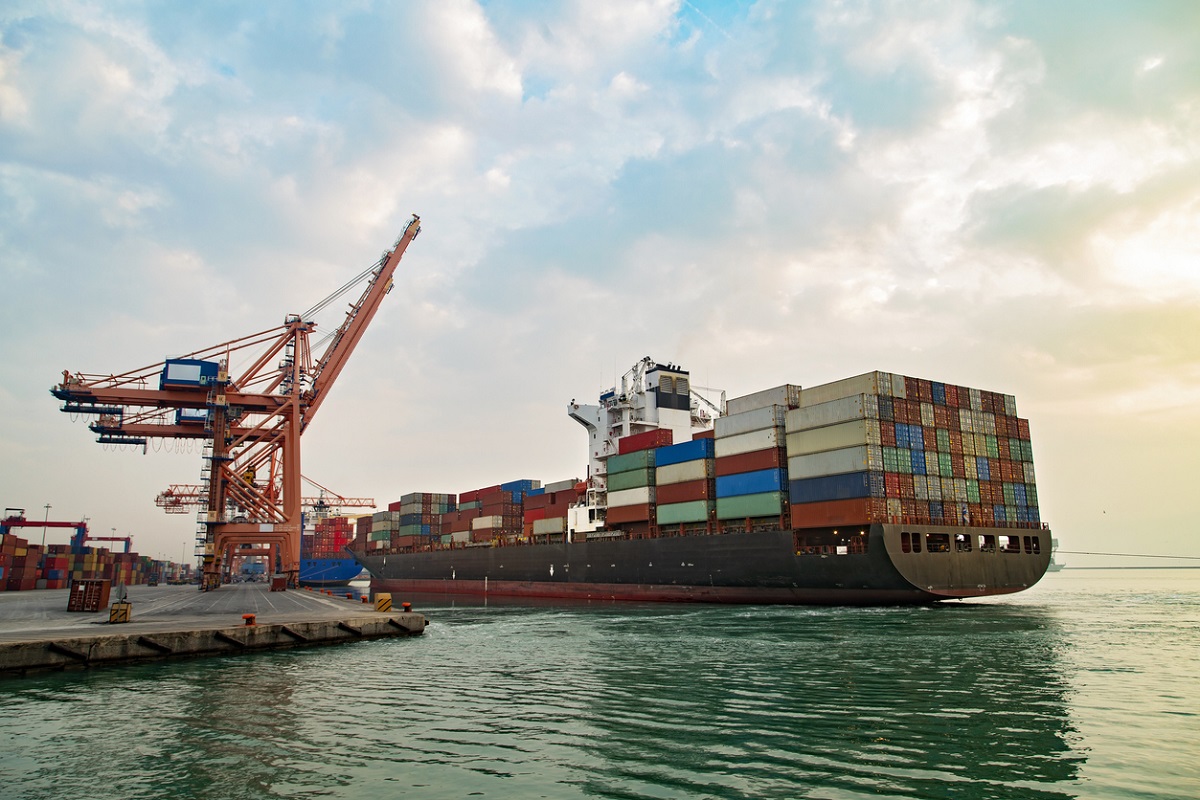Sunidhi Chauhan breaks the internet with her ‘Ben 10’ title track IIT Roorkee performance
Taking the audience by surprise, Sunidhi Chauhan performed the title track of the hit animated show, ‘Ben 10’ at the IIT Roorkee fest.
India’s broad coastline witnesses the development of several new ports even as existing ports are expanded to meet increased volumes of marine traffic and facilitate future maritime trade.

(Representational Image: iStock)
The cost of transportation of commodities significantly impacts infrastructure development, industrial expansion, and business growth. While demand for high-speed, long-distance delivery trucks continues to grow, transporting large volumes of goods over long distances by road might prove to be very challenging in the near future.
While a goods train can transit commodity weight equal to that of a hundred trucks, a ship can transport a thousand trucks’ commodity weight in one go. Therefore, domestic sea route transportation emerges as a low-cost alternative to road transportation.
Advertisement
India’s broad coastline witnesses the development of several new ports even as existing ports are expanded to meet increased volumes of marine traffic and facilitate future maritime trade. Such growing seaport infrastructure requires more Short Endurance Marine Vessels (SEMV) for effective port operations and administration.
Advertisement
The usable life of a generic diesel-engine-driven SEMV is nearly 20 years, after which it is decommissioned. During its operating life, the vessel requires regular maintenance with expensive operational costs and releases harmful carbon emissions. To realize sustainable solutions and reduce carbon footprint at Indian seaports, diesel-engine-driven marine vessels must be replaced with zero-emission electric vessels.
A collaborative research effort involving Hydropower Simulation Laboratory (HSL) of the Dept. of Water Resources Development and Management (IIT Roorkee), and Indian Maritime University [Visakhapatnam (IMU-V)], sought to find an environmentally friendly, and fuel and cost-efficient maritime transport solution.
The research was funded by The Ministry of Ports, Shipping and Waterways, Government of India. The Visakhapatnam Port Trust provided significant information related to the various types of marine vessels, their operational schedules and expected design feasibilities.
In this collaborative research, HSL researchers adjusted the functioning of power sources (diesel-engine-driven induction generators and batteries) of the tugboats so that the load demand could be met while consuming the lowest possible amount of fuel. Variable speed power generating units were used in the tugboats, which means that the units could operate over a wider range of rotor speeds; such variable speed offers an additional degree of freedom to the generation system as compared to fixed speed system where rotor speed is nearly constant.
A coordinated control strategy based on a state machine control algorithm for the real-time tugboat operational cycle was also incorporated. Thus, researchers successfully improved the fuel efficiency of diesel-electric tugboats; fuel savings obtained by the above methods were 29.86% and 26.42% respectively, as against the traditional diesel-mechanical tugboat propulsion system.
HSL, in collaboration with IMU-V, is also working towards absolute battery-operated SEMV designs and high-efficiency fault-tolerant marine electric powertrains to produce competent zero-emission SEMVs. As the global market for battery-driven electric vehicles expands, it is anticipated that the adoption of lithium-ion batteries with long life cycles (approximately decommissioning life of SEMV) and good power and energy densities would lead to the commercialization of absolute battery-operated SEMV with the help of HSL’s ongoing research outcomes and experience.
Prof Ajit Kumar Chaturvedi, Director, IIT Roorkee, said, “This collaborative research by IIT Roorkee and IMU Visakhapatnam on the design and experimental validation of short endurance marine vessels has shown promising results. We intend to make it stronger so that it can empower our marine industry.”
Advertisement